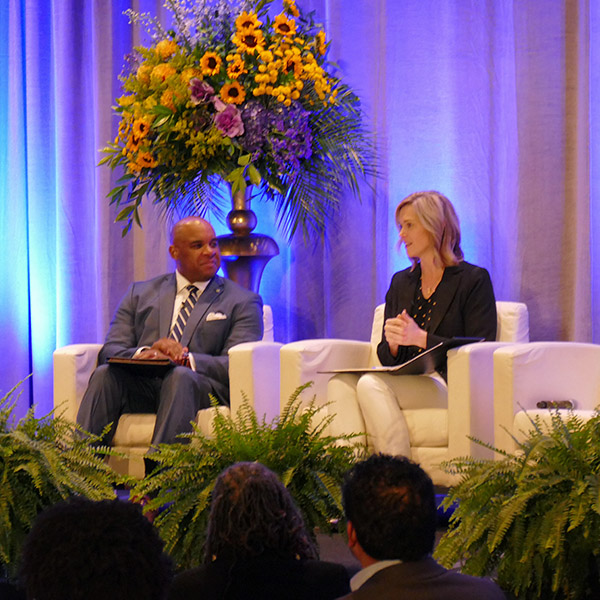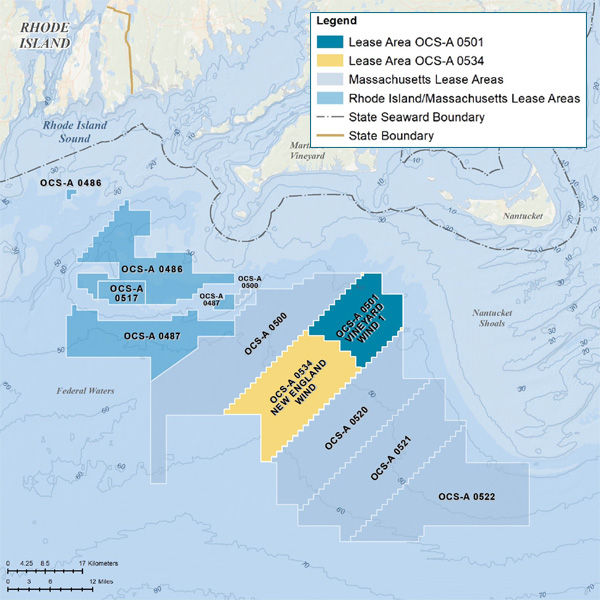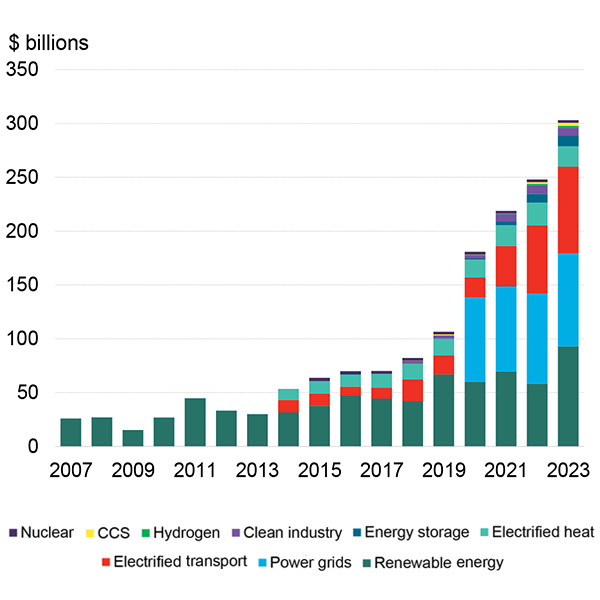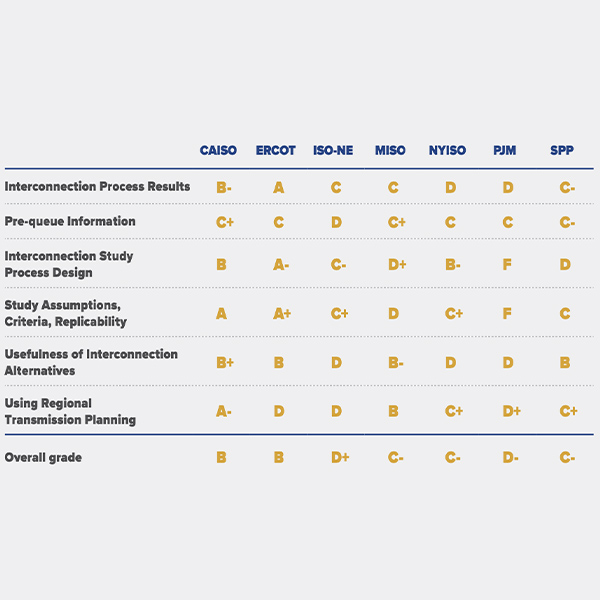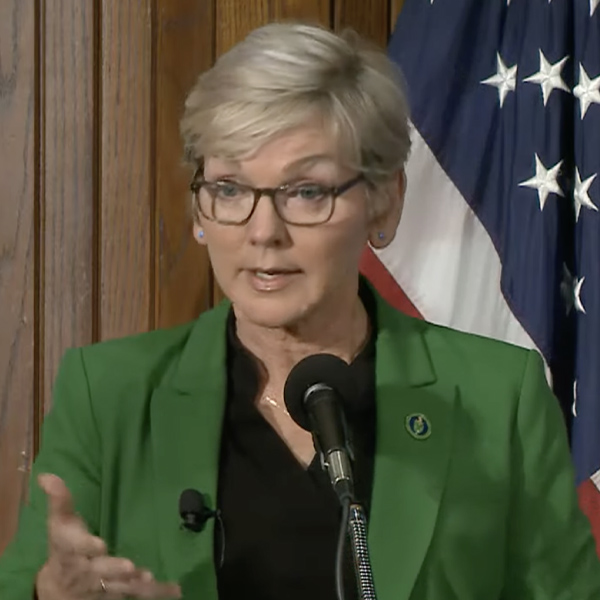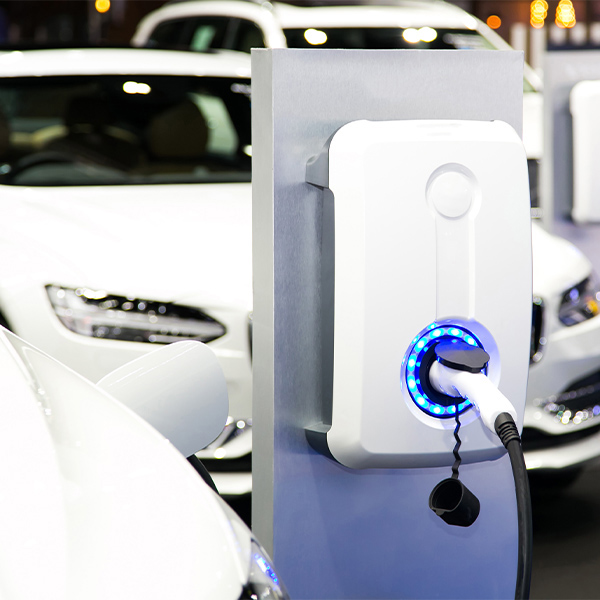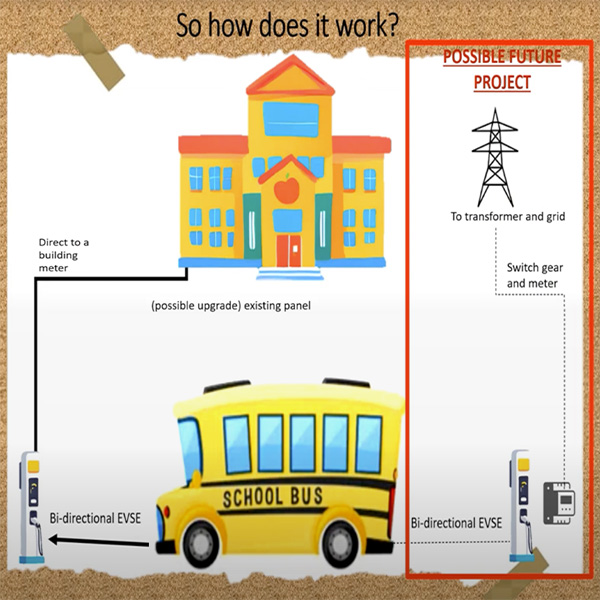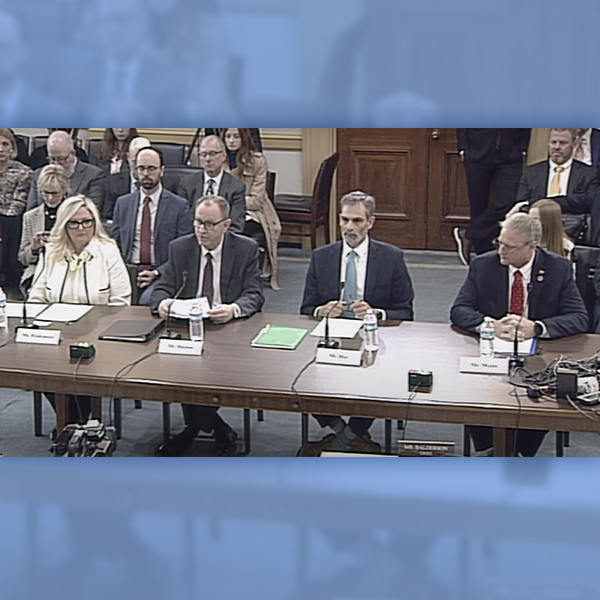Federal Policy
CongressDepartment of EnergyLoan Programs Office (LPO)Department of TransportationEnvironmental Protection AgencyFederal Energy Regulatory CommissionGeneral Services Administration (GSA)Interior DepartmentBureau of Land ManagementBureau of Ocean Energy ManagementNuclear Regulatory CommissionTreasury DepartmentWhite House
Both FERC Chairman Willie Phillips and Sen. Joe Manchin want to pass policies this year that speed up the roll out of transmission, they said at the NARUC conference.
The Bureau of Ocean Energy Management has completed the environmental impact assessment of the proposed Park City and Commonwealth offshore wind proposals.
The momentum created by billions of dollars in federal incentives and tax credits has been tempered by supply chain constraints and the impacts of inflation and higher interest rates.
Advanced Energy United has released a scorecard that ranks the seven domestic ISO/RTOs on their generator interconnection processes, finding room for improvement in every one.
With the days of endless cheap hydropower in Québec coming to an end, and the Northeastern U.S. hoping to rapidly scale up intermittent renewables, the two regions may be forced to fundamentally reconsider the role of hydropower on the grid.
Clean energy policies funded by the IRA and IIJA have been key to the U.S. economy’s strong performance, Energy Secretary Jennifer Granholm said at the National Press Club.
A new report finds that U.S. zero-emission vehicle sales meet industry expectations set upon passage of the IRA but utility-scale clean electricity expansion fall short.
New Jersey does not allow electric buses to send electricity directly to the grid, but a program offers up to $50,000 in additional support for projects that use a “vehicle-to-building” strategy.
With more than 300,000 buildings, the U.S. government is the nation’s largest energy consumer and “a steady customer prepared to make long-term investments,” GSA Administrator Robin Carnahan said.
House members and their state regulator witnesses split over how much an expanded transmission grid could enable a reliable transition to a low-carbon future.
Want more? Advanced Search
